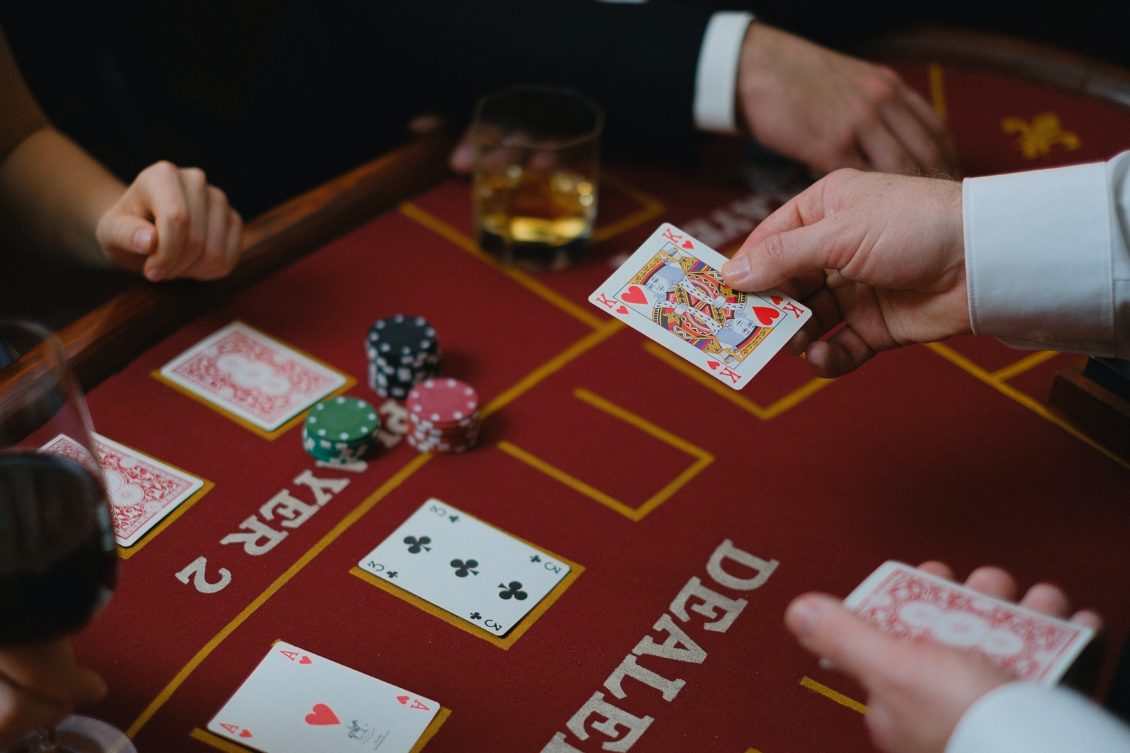
Casino experiences have long captured the imagination of humans around the world, becoming an important part of both leisure and society. From the shimmering lights of Nevada to the captivating experience of internet gambling, these experiences evoke excitement, danger, and sometimes even a sense of nostalgia. They are not just just pastimes; they have woven themselves into the texture of our lives, influencing various aspects from cinema and songs to clothing and writing.
The allure of casino games transcends the betting aspect, tapping into larger themes of luck, chance, and psychology. As players assemble around a poker table or turn the wheel of fortune, they engage in an age-old ritual that echoes with our communal desire for excitement and instability. This captivation has led to the growth of countless references in films, music, and video games, showcasing how intensely entrenched these activities are in mainstream culture. Whether it is the intense drama of a classic heist movie or the lively nightlife portrayed in music videos, casino games have established a substantial role that reflects our relationship with risk.
Historical Impact of Casino Games
Casino games have played a pivotal role in cultural aspects throughout history. Stemming from ancient civilizations, games of chance were often connected to rituals or events. For instance, early forms of gambling can be traced back to ancient Chinese and the Romans, where die games and wagering on outcomes were popular pastimes. These games not only served as leisure but also as means of social interaction, facilitating connections among people within societies.
As societies evolved, so did the complexity and organization of gambling games. The establishment of formal casinos in the 17th century, particularly in Italy, marked a significant shift in how games were perceived and structured. With specific spaces for gaming, the casino became a community center where patrons from different backgrounds convened. This evolution contributed to the legitimization of the industry, transforming it from a mere pastime into an established industry that influenced economy and regulations.
The impact of casino activities on popular culture cannot be understated. As they were popularized in literature and film, games such as poker and blackjack became icons of chance, luck, and strategy. Iconic characters and stories have emerged around these activities, illustrating societal views towards fortune, wealth, and vice. This fascination with gambling games has infiltrated various forms of media, cementing their place in the public imagination and linking them to broader cultural stories throughout history.
Depiction of Casino Games in Entertainment
Gambling games have long been a popular topic in various forms of media, reflecting both the excitement and complexities of the world of gambling. Films such as Ocean’s Eleven and Casino Royale portray figures who navigate dangerous scenarios, showcasing not only the attractiveness of the casino atmosphere but also the strategies and judgments that come with playing popular games like poker and 21. These films often dramatize the exhilaration of winning and the potential repercussions of losing, encapsulating the perils involved in gambling.
TV programs have also explored the universe of gambling activities, often integrating them into the plot as a backdrop for story progression and drama. Shows like Vegas depict the lives of casino workers and casino-goers, highlighting the vibrant, often disorderly energy of the gaming floor. Docuseries featuring high-stakes betting contests further emphasize the appeal of gambling activities, drawing viewers into the excitement and strategy involved in each game. Through these representations, media not only entertains but also stimulates conversations about luck, expertise, and the character of chance.
Digital games have increasingly incorporated casino games into their development, allowing players to experience the experience of betting without monetary loss. Titles within the landscape of digital gaming often include virtual slots, poker, and other popular casino games, creating an immersive gameplay that mirrors actual casino experiences. These digital representations make gambling activities accessible to a global audience, appealing to both gamblers and those who enjoy the excitement of simulation. As a consequence, the representation of casino games in media continues to shape societal views and cultural relevance, highlighting their role in entertainment and the cultural landscape.
Impact of Gambling Activities on Society
Gambling activities have a significant impact on society, influencing various facets of societal norms and interpersonal behavior. They often function as a platform for community engagement, where people gather to enjoy a shared activity. Casino trips with friends or trips to casinos become social activities that foster connections and create memories. This communal aspect enhances the entertainment value of gambling activities, making them a favored choice for festivities and leisure activities.
Moreover, gambling activities have been depicted in countless movies, TV series, and written works, shaping perceptions and attitudes towards gambling and betting. Icons like James Bond playing baccarat or the high-stakes poker scenes in films have cemented these games in the collective imagination. This representation often idealizes the lifestyle associated with gambling, attracting new players and influencing trends in both fashion and conduct. These representations can spark curiosity and lead to a deeper exploration of the intricacies of gaming.
However, there are also adverse implications linked to the popularity of casino games. The allure of quick monetary gain can lead to problem gambling and financial troubles for some people. https://loto188pc.com/ The community must grapple with these issues, promoting responsible gaming and awareness of the dangers involved. Balancing the fun aspect of gambling activities with the potential for harm is vital to ensure that they continue to be a beneficial aspect of our cultural landscape.
